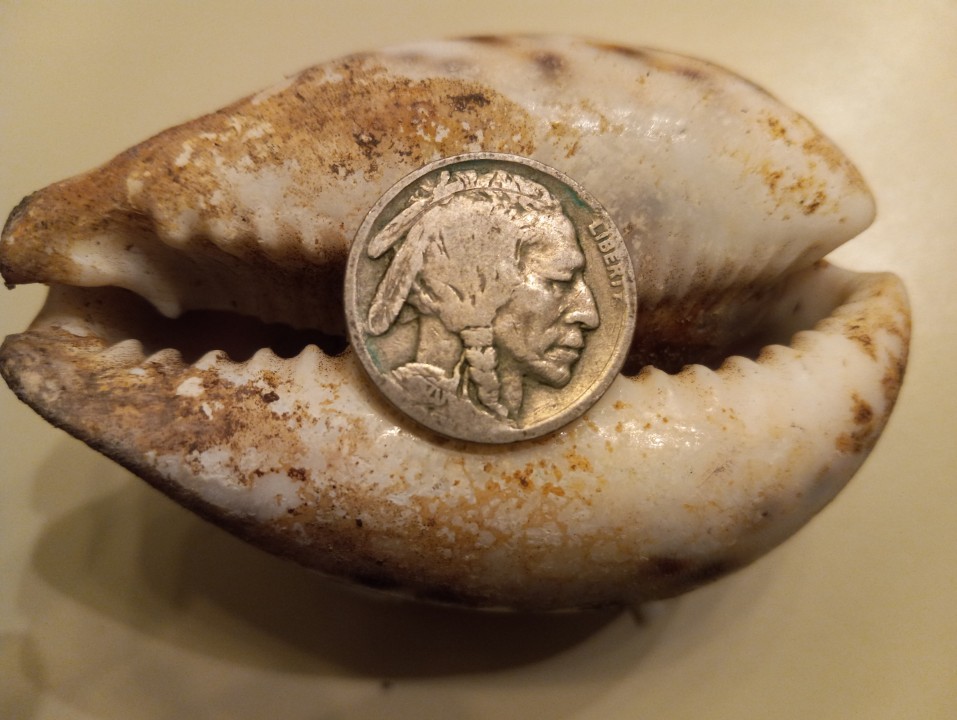Over the past decade, the financial services industry’s evolution into cashless transactions has increased worldwide. Although paper bills and small change show no signs of extinction, their drop in prevalence can serve as a reminder that payment forms have consistently evolved across time and cultures.
In an article for MSN (via Rarest.org), Alvin Goodley highlights 15 forms of unusual currency.
Fascinating Payment Methods Throughout History
1. Rai Stones (Yap Island):
- Massive limestone disks, up to 12 feet in diameter, valued for their size, history, and craftsmanship. Ownership changes through community-witnessed verbal agreements.
2. Feather Money (Santa Cruz Islands):
- Long coils of red feathers from scarlet honeyeater birds, used as a symbol of wealth and social status, requiring extensive labor and skill to produce.
3. Cowrie Shells (Africa, Asia, Oceania):
- Durable, uniform shells used widely for over a millennium, symbolizing wealth and used in significant transactions and dowries.
4. Manilla (West Africa):
- Bronze or copper bracelets functioning as both currency and jewelry.
5. Knife Money (Ancient China):
- Bronze or copper knife-shaped pieces with inscriptions.
6. Katanga Cross (Central Africa):
- X-shaped copper ingots used in the Katanga region, valued for their substantial weight and used in trade and dowries.
7. Tea Bricks (Asia):
- Compressed tea leaves formed into bricks, used as currency in China, Mongolia, and Tibet. They were significant for both trade and brewing tea.
8. Glass Beads (Africa, Americas):
- Brightly colored and intricately designed beads used in trade and rituals, gaining prominence during European exploration and colonization.
9. Rhubarb Sticks (Russia):
- Used in 18th-century Russia, traded with China for their medicinal value despite being a perishable and somewhat impractical currency.
10. Gold Dust (West Africa):
- Common in regions like Ghana, this granular metal facilitated extensive trade networks, requiring careful weighing and transport.
11. Bark Cloth Money (Uganda):
- Cloth made from fig tree bark, used as currency and in cultural practices, reflecting its labor-intensive production and cultural importance.
12. Squirrel Pelts (Medieval Russia):
- Valued for warmth and durability, used from the 9th to 13th centuries in trade, especially where conventional money was scarce.
13. Wampum (Native America):
- Beads made from shells, used for trade and ceremonial purposes, later adopted by European settlers for standardized trade.
14. Bottle Caps (West Africa):
- Mid-20th-century unconventional currency due to coin shortages, valued for their availability and recognizable brands.
15. Cow’s Milk (Ancient Greece):
- Used in rural communities for trade, highlighting the agrarian economy and the importance of livestock, valued by freshness and quality.
Visit MSN for additional details on historical and unusual currencies.



















